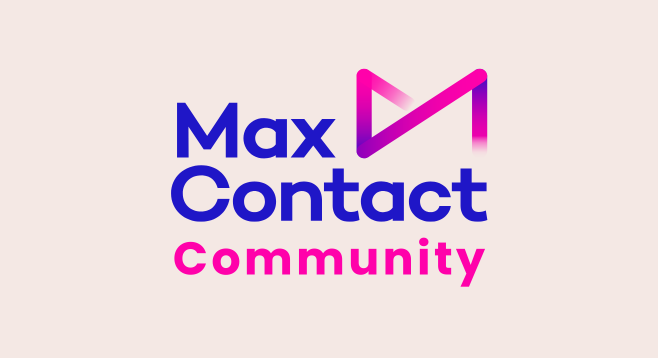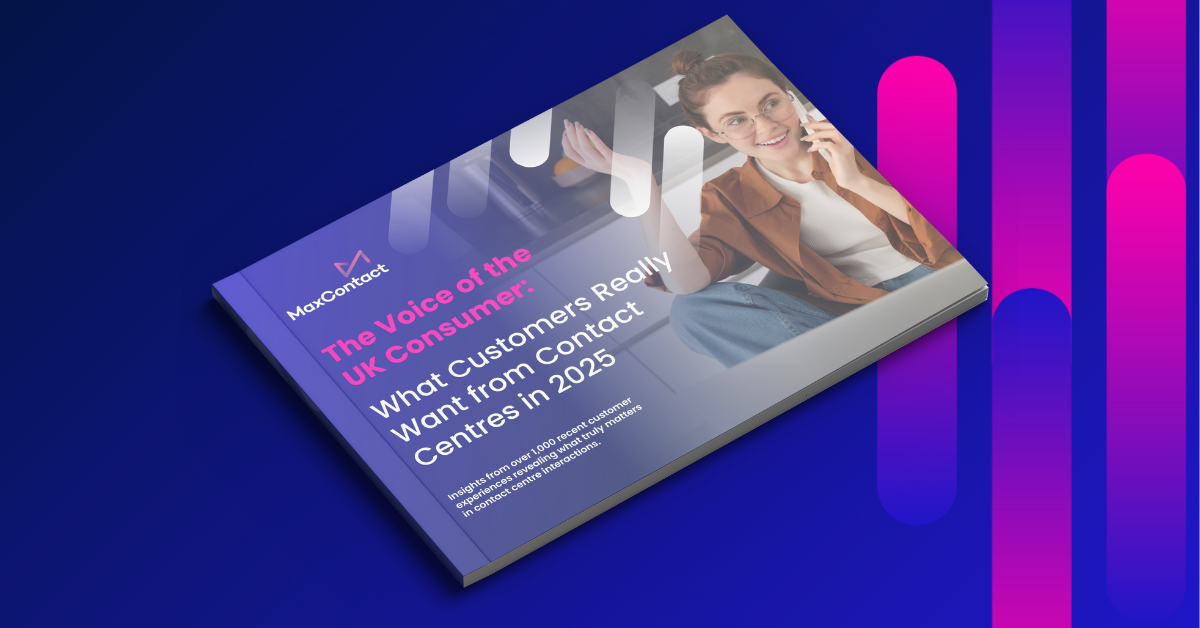Contents
Staying informed about industry benchmarks and best practices is essential for contact centre leaders looking to drive success in an increasingly competitive market. Our comprehensive survey, conducted in May 2024, gained insights from 500 UK contact centre teams, with sizes ranging from 20 to 4,999 agents, providing valuable insights into the current state of agent and team performance. In this blog, we dive into the key findings and provide actionable advice on how to improve your contact centre’s performance in five crucial areas.
Team Work Arrangements
Our survey revealed that 66.2% of contact centre teams work in a hybrid environment, while 23.2% work fully in-office, and 10.6% are fully remote.
When determining the best work arrangement for your team, consider factors such as employee preferences, job requirements, and technology infrastructure. Hybrid and remote work can offer benefits such as increased flexibility and reduced overhead costs, but they also present challenges like maintaining team cohesion and ensuring data security.
To optimise your team’s performance, regularly assess and adapt your work arrangement based on feedback from agents and managers. Invest in the right tools and technologies to support seamless communication and collaboration, regardless of location. Establish clear guidelines and expectations for each work arrangement, and provide training and support to help agents navigate the unique challenges of their work environment.

Performance Metrics
Our survey respondents shared the most common metrics used to evaluate agent performance. They are average handle time (50.4%), quality assurance (QA) score (42.2%), and customer satisfaction (CSAT) score (41.2%). When selecting performance metrics, ensure they align with your contact centre’s overall goals and values. Strike a balance between efficiency and quality metrics to encourage agents to deliver both fast and effective service.
To drive improvement in these areas, set clear, achievable targets and communicate them regularly to your team. Provide agents with real-time feedback and coaching to help them develop their skills and meet their goals. Implement a robust quality assurance programme that includes regular call monitoring, scoring, and feedback sessions. Use customer surveys and feedback to gauge satisfaction levels and identify areas for improvement. Regularly review and adjust your metrics based on insights gained from data analysis and agent feedback.
Business Outcomes
The top two most important outcomes for the contact centre leaders surveyed are providing a great service (47.0%) and ensuring team happiness at work (46.6%). To achieve these outcomes, prioritise creating a customer-centric culture that empowers agents to deliver exceptional experiences. Invest in comprehensive training programmes that cover product knowledge, communication skills, and problem-solving techniques. Encourage agents to take ownership of customer issues and provide them with the tools and authority to resolve concerns efficiently.
Equally important is fostering a positive and supportive work environment that promotes agent well-being and engagement. Regularly gather feedback from your team through surveys, one-on-one meetings, and focus groups to understand their needs and concerns. Implement recognition and reward programmes that celebrate individual and team successes. Offer opportunities for career growth and development, such as cross-training and leadership roles. Promote work-life balance and provide resources to support mental health and stress management.
Agent Turnover and Salary
The average agent turnover rate per year is 30.2%, and 43.8% of contact centres reported an increase in average agent salary compared to last year, with an average increase of 7.14%. High turnover rates can significantly impact your contact centre’s performance and bottom line, so it’s crucial to prioritise retention strategies.
Conduct regular salary benchmarking to ensure your compensation package remains competitive within the industry. In addition to base pay, consider offering performance-based bonuses, flexible work arrangements, and comprehensive benefits packages. Foster a strong organisational culture that values employee contributions and provides opportunities for growth and development. Implement a robust onboarding and training programme to set new hires up for success and reduce early attrition.
Regularly conduct stay interviews with high-performing agents to understand what keeps them engaged and loyal to your organisation. Use insights from exit interviews to identify common reasons for turnover and develop targeted retention strategies. Invest in leadership development to ensure your managers have the skills and knowledge to effectively support and motivate their teams.

Agent Workload
42% of contact centres reported an increase in agent workload compared to last year, with an average increase of 10.87%. To manage agent workload effectively, regularly monitor key metrics such as call volume, average handle time, and occupancy rates. Use workforce management tools to accurately forecast demand and optimise staffing levels across all channels.
Invest in technology solutions that automate routine tasks and streamline workflows, freeing up agents to focus on more complex and value-added interactions. Implement self-service options, such as chatbots and knowledge bases, to reduce the volume of simple enquiries handled by agents. Encourage cross-functional collaboration to identify process improvements and eliminate inefficiencies.
Promote a culture of open communication and encourage agents to provide feedback on their workload and job satisfaction. Regularly review and adjust performance targets to ensure they are achievable and aligned with current business needs. Offer flexible scheduling options and provide support for agents to manage stress and maintain a healthy work-life balance.
Data-Driven Decisions in your Contact Centre
By understanding these industry benchmarks and implementing best practices, contact centre leaders can drive significant improvements in agent and team performance. Use these insights to set strategic goals, prioritise initiatives, and make data-driven decisions that will help your contact centre thrive.
Remember, benchmarking is an ongoing process, and it’s essential to continuously monitor and adapt your strategies based on evolving industry trends and your organisation’s unique needs. By staying informed and proactively addressing challenges, you can position your contact centre for long-term success and deliver exceptional experiences to your customers and employees alike.





